TheyÔÇÖre a part of our everyday life, and we donÔÇÖt have to think about them much. TheyÔÇÖre just kind of, there, to be driven on and walked beside.
But thereÔÇÖs a lot more to them than you might think. Fasten your seat-belts, as we take you on a journey around the UK's roads.
1. We drive on the left because it made it easier to joust
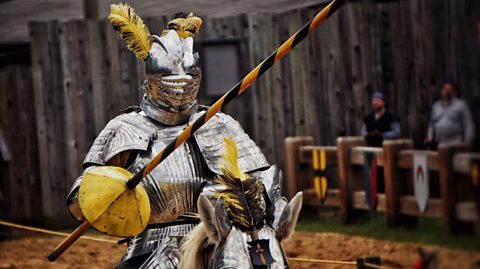
Whilst slightly offensive to the left-handed among us, this is actually true. It was easier for right-handed people to ride their horse on the left and attack their opponent on the right during jousting matches and in battle, and when roads started to be built in Britain this was the design that felt most natural at the time.
It was officially passed into law in the 18th century, when congestion in London got so bad that parliament had to do something to control it. The law first of all just made sure people drove on the left on London Bridge, but in 1835 the Highway Act was passed which meant you had to drive on the left everywhere in Britain.
One notable exception to this rule is at Savoy Court in London. Cars are allowed to drive on the right when entering it because the Savoy Theatre is on the right hand side, and it makes it easier for cabbies to drop off their current rider and pick up a new one without much fuss.
2. A blackout during WW2 ensured the success of catseye road studs

Catseyes (reflective dots on the road that shine when a car drives past) were the invention of a man from Yorkshire called Percy Shaw. He apparently got the idea for them when he saw his headlights reflected in an actual catÔÇÖs eyes on his way home from his favourite pub. However, he had a really hard time convincing people of their benefits - until a nationwide blackout during the World War Two. After that point, sales rocketed for Mr Shaw, at home and abroad, and in 1965 he was an awarded an OBE for services to exports.
3. Catseyes are also self cleaning

No, they donÔÇÖt lick themselves clean like cats do. The reflective glass is encased in rubber, which, when a car drives past, depresses over the glass and wipes it clean. Nifty.
4. Traffic lights constantly strive to better themselves
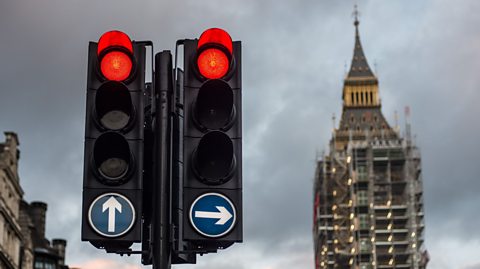
Essentially, traffic lights are coded in such a way that they can make tiny adjustments to the timings of their cycle, every time new data comes in. This means that at times when thereÔÇÖs an unexpected amount of heavy traffic, like after a concert, they can adapt immediately, to make sure the traffic is flowing in the most efficient way. It may not feel like that when youÔÇÖre sitting in it, though.
5. YouÔÇÖve probably run over a sleeping policeman before
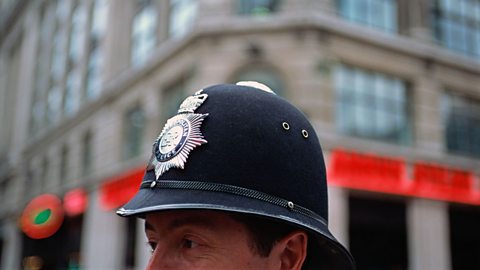
DonÔÇÖt worry, weÔÇÖre not suggesting youÔÇÖve seriously injured a copper - ÔÇśsleeping policemanÔÇÖ is just another word for speed bump.
In New Zealand, theyÔÇÖre called ÔÇśjudder barsÔÇÖ, which is a very accurate description of how much it makes you rattle in your car when you drive over one.
6. Zebras and pelicans arenÔÇÖt the only types of animals that have road crossings - toucans do, too

A toucan crossing allows both cyclists and pedestrians to cross the road at the same time. It got its name as 'two-can' cross. Classic road safety humour.
7. Winter is pothole season
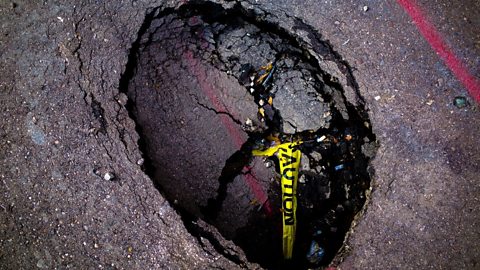
Potholes are formed when water seeps into cracks in the road, and then freezes in cold weather. When water freezes, it expands and so it damage the tarmac and cracks it even further, and this process is repeated until a pothole is formed.
Potholes can be very damaging for cars, and very dangerous for anyone who travels on the roads. Driving over one can severely damage a carÔÇÖs axle and suspension, whilst people cycling can even be thrown off their bikes.
This article was published in November 2018
What is code? revision-guide
If you want to learn how to code a traffic light, first you need to know what code is. Find out here.

What are freezing and melting? revision-guide
So freezing rainwater leads to potholes - but what is freezing, anyway?
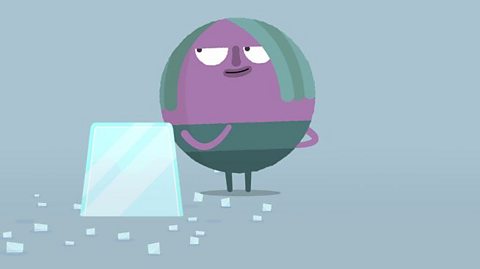
World War Two
If you want to learn more about the blackouts in World War Two that lead to the success of catseyes, click here.
